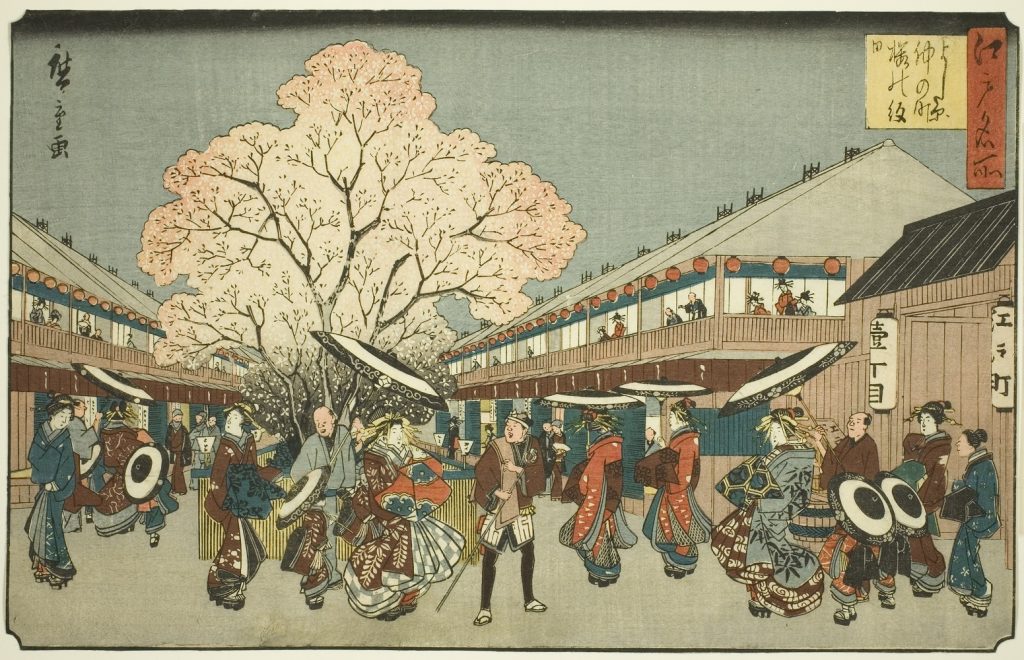The Yayoi (弥生) period, which lasted from the 9th or 8th century BC to around the 3rd century AD, is a period that lasted approximately 1000 years (some think it lasted for about 600 years from around the 3rd century BC). The period between the Jomon (縄文) and Kofun (古墳) periods saw the arrival of artefacts from the Korean peninsula, and the appearance of Himiko (卑弥呼) in the latter period.
A flurry of international exchanges
The country in China at this time was the Han(漢) dynasty. Gozoku (豪族, Powerful people) in northern Kyushu sent envoys to Han via the Korean peninsula to obtain various cultural relics. In China at this time, the Japanese archipelago was known as ‘wa (倭)’ and the people living there as ‘wajin (倭人)’.
At the end of the 2nd century, there were more than 100 kunis in Japan, some of which sent envoys to the Han dynasty. The Gokan-jo (後漢書, Book of the Later Han Dynasty) states that in the middle of the 1st century, the king of one of the kunis, known as ‘Na-no-kuni’ (present-day Fukuoka province) sent an envoy to the later Han Dynasty and was given a gold seal by the emperor. This was confirmed in the Edo period when a gold seal inscribed with the letters “kan no wa no na no kokuo (漢委奴国王, one of the meaning of this letters is that it is from the King of Han to the province of Wa)” was discovered on Shikanoshima (志賀島) Island, Fukuoka Prefecture.
Also after this, in China, the Later Han Dynasty fell in the 3rd century, and the country entered the ‘Three Kingdoms Period’, a period of conflict divided into the three states of Wei (魏), Wu (呉) and Shu (蜀).

Himiko, the woman shrouded in mystery
At this time in Japan, there was a kuni called Yamataikoku (邪馬台国). It paid tribute to the Wei Dynasty, and in the Wei Book of the ‘Sangokushi (三国志, History of the Three Kingdoms)’ Wei Shu, which describes the history of the Wei Dynasty, it is written that the queen Himiko ruled over more than 30 countries and sent an envoy to the Wei Dynasty, where the emperor gave her the title ‘Shin-gi-wa-ou’ (親魏和王) and many gifts, including a bronze mirror.
As you know, there has been a long-standing dispute as to where Yamataikoku was located, with theories such as the Kyushu and Yamato theories. The Yayoi period is also a period full of great ambition.

This article is translated from https://intojapanwaraku.com/rock/culture-rock/211209/


























